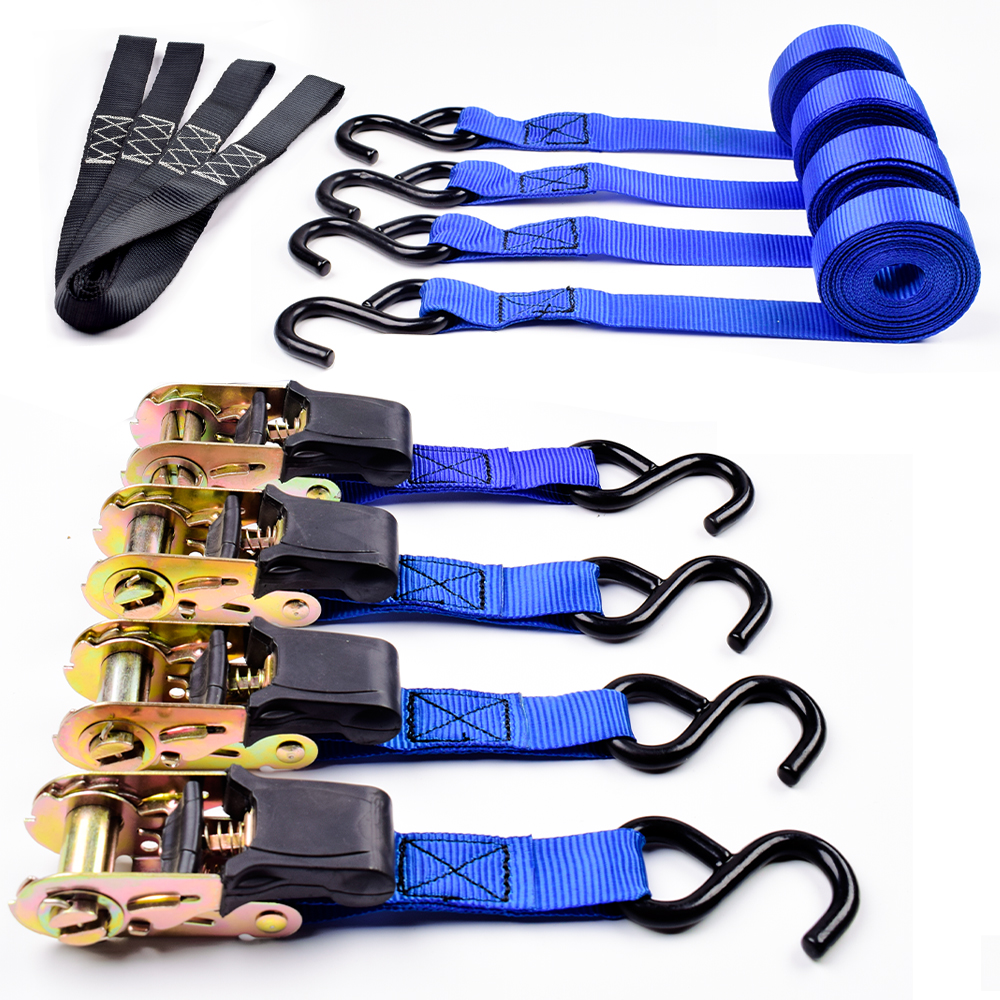How to choose and use lifting straps
Product introduction of lifting belt
Conventional sling (synthetic fiber sling), generally made of high-strength polyester filament, has multiple advantages such as high strength, abrasion resistance, oxidation resistance, and UV resistance. At the same time, it is soft in texture, non-conductive, and non-corrosive (no human body Any harm), is widely used in various fields. There are many types of slings. Conventional slings (according to the appearance of the sling) are divided into four categories: ring-shaped core, ring-shaped flat, binocular core, and binocular flat.
How to choose and use lifting straps
1. Selection of specifications and types of lifting straps. When selecting the hoisting belt specification, the size, weight, shape of the load to be hoisted, as well as the hoisting method to be used, etc., must be included in the calculation considerations. The requirements of the ultimate working force and the working environment must be included in the calculation. , The type of load must be considered. You must choose a sling with sufficient capacity and an appropriate length that can meet the usage method. If multiple slings are used for lifting loads at the same time, the same type of sling must be selected; the raw materials of the flat sling cannot be affected by the environment or load. Regardless of whether attachments or soft lifting eyes are needed, careful consideration must be given to matching the end of the lifting belt with auxiliary attachments and lifting equipment.

2. Restricted use angle of the sling. When using a flat sling with soft ears, the minimum length of the ear should not be less than 3.5 times the maximum thickness of the hook in the contact part of the ear, and the angle of movement of the ear should not exceed 20°. When connecting a sling with soft lifting lugs and lifting gear, the contact part of the sling and lifting gear must be constant, unless the axial width of the sling does not exceed 75mm, and the bending radius of the lifting accessory must be at least the sling 0.75 times the axial width.
3. Follow good hoisting experience. Plan the hoisting and light operation plan before starting hoisting.
4. When hoisting, use the hoisting belt connection method correctly. The hoisting belt must be placed and connected to the load in a safe way. The hoisting belt must be placed on the load so that the load can be balanced. The width of the sling; never knotted or twisted. The suture part of the rope cannot be placed on the hook or lifting equipment, and always be placed on the upright part of the sling, to prevent the tag from being damaged by staying away from the load, the hook and the locking angle.

 简体中文
简体中文 English
English Deutsch
Deutsch